Home>Ideas and Tips>Indoor Fairy Garden Creation: Miniature Magical Landscapes
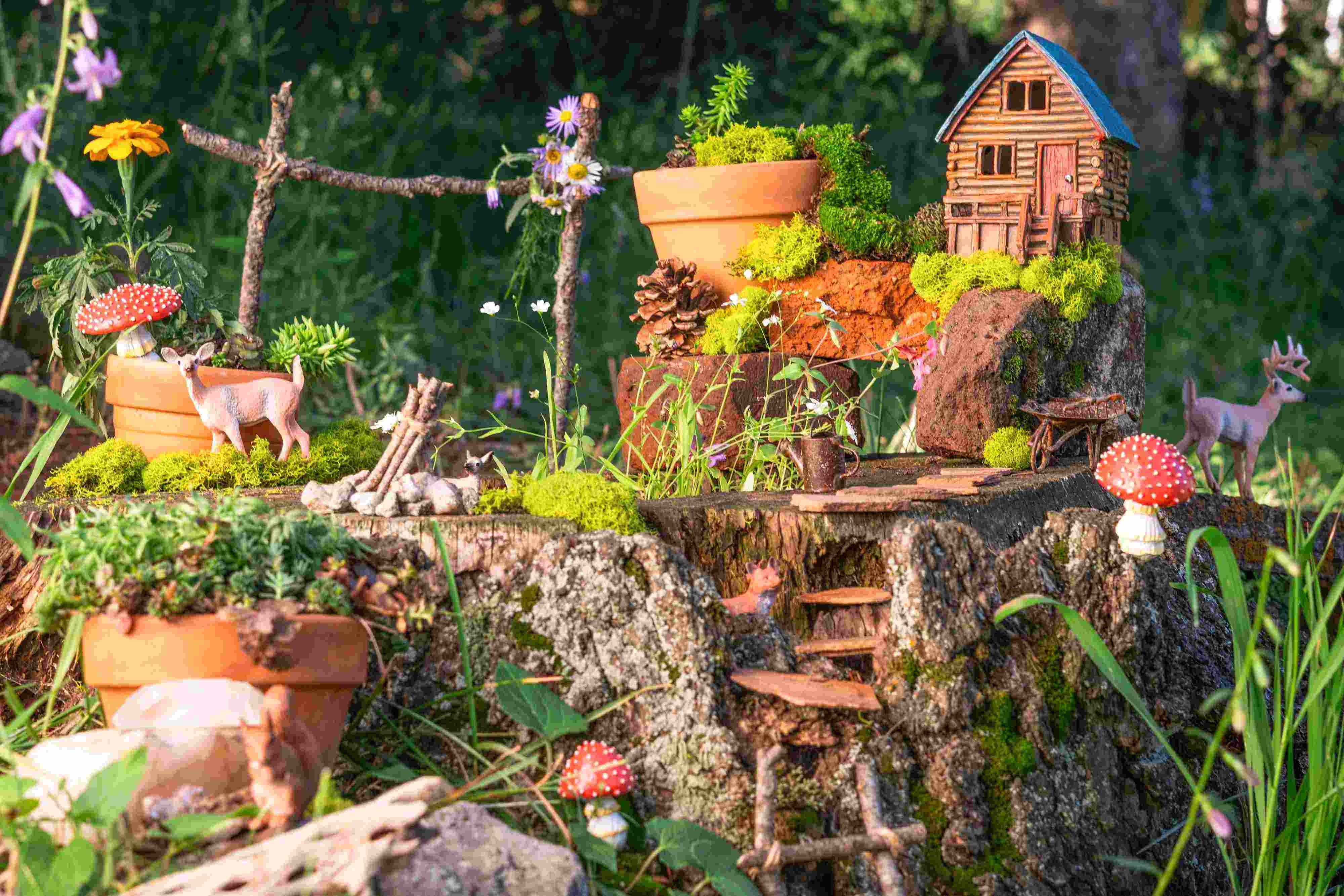

Ideas and Tips
Indoor Fairy Garden Creation: Miniature Magical Landscapes
Modified: October 28, 2024
Create enchanting indoor fairy gardens with our guide. Discover design tips, plant selection, and decoration ideas for magical miniature landscapes.
(Many of the links in this article redirect to a specific reviewed product. Your purchase of these products through affiliate links helps to generate commission for Storables.com, at no extra cost. Learn more)
Creating an indoor fairy garden is a delightful and creative activity that can bring a touch of magic and tranquility to any room. These miniature landscapes are not only visually appealing but also offer a unique opportunity to engage with nature and express your imagination. In this article, we will delve into the world of indoor fairy gardens, exploring their history, design options, and the steps involved in creating your very own enchanting miniature garden.
The History of Fairy Gardens
Fairy gardens have been a part of European folklore for centuries. These small, intricately designed gardens were often associated with mythical creatures like fairies and gnomes. They were believed to be enchanted places where these magical beings could live and thrive. The concept of fairy gardens has evolved over time, but the essence of creating a whimsical and magical space remains unchanged.
In modern times, fairy gardens have become a popular hobby among both children and adults. They offer a way to connect with nature while also fostering creativity and mindfulness. Whether you're looking to create a small indoor garden or an elaborate outdoor one, the principles of fairy gardening remain the same: to create a miniature world that is both beautiful and enchanting.
Designing Your Indoor Fairy Garden
Before you start creating your indoor fairy garden, it's essential to have a clear idea of its theme and design. Here are some tips to help you get started:
Choosing the Right Container
The first step in creating an indoor fairy garden is selecting the right container. You can use a variety of materials such as terrariums, teacups, wooden boxes, or even plastic bottles. The size and shape of the container will depend on the space you have available and the design you envision.
For example, a teacup fairy garden is perfect for small spaces like a windowsill or a desk. It's easy to set up and maintain, making it ideal for beginners. On the other hand, a wooden box or a plastic bottle can be used to create a more elaborate design with multiple levels and features.
Selecting Plants
The plants you choose will be crucial in creating the magical atmosphere of your fairy garden. Here are some tips for selecting plants:
- Dwarf Species: Fairy gardens are typically planted with dwarf species of plants that stay small and require minimal maintenance. Examples include succulents, mosses, and flowering alpines.
- Native Plants: Using plants native to your region ensures that they will thrive in your indoor environment and require less care.
- Color Scheme: Choose plants with a variety of colors to add depth and vibrancy to your garden. Consider using plants with different textures like ferns or succulents to create visual interest.
- Seasonal Variations: Select plants that change color with the seasons to keep your garden looking fresh and dynamic throughout the year.
Adding Decorations
Once you have chosen your plants, it's time to add decorations that will bring your fairy garden to life. Here are some ideas:
- Miniature Furniture: Use miniature furniture like tiny benches, bridges, or houses to create a whimsical atmosphere.
- Accessories: Add accessories like tiny vases, lanterns, or even a miniature mailbox to enhance the magical feel of your garden.
- Rocks and Pebbles: Incorporate rocks and pebbles into your design to create pathways or add texture to your garden.
- Painted Rocks: Painted rocks can be used as decorative elements or even as markers for different areas within your garden.
Creating a Theme
A fairy garden can be designed in various styles depending on your personal preferences and the theme you choose. Here are some popular themes:
- Enchanted Forest: Create an enchanted forest by using plants with tall or dense vegetation and adding elements like miniature trees or a fairy-sized tractor.
- Floral Garden: Focus on creating a floral garden with a variety of colorful flowers and greenery.
- Nature Garden: Emphasize natural elements like mosses, ferns, and small rocks to create a serene and peaceful environment.
- Fairy House Mini Garden: Design a garden inspired by the magical world of fairies with ornate miniature tree houses made from various materials like wood, gravel, stone, or glass.
Steps to Create an Indoor Fairy Garden
Now that we've covered the basics of designing an indoor fairy garden, let's move on to the steps involved in creating one:
Step 1: Prepare Your Container
Before you start planting, make sure your container is clean and ready for use. If you're using a terrarium or teacup, ensure it has drainage holes to prevent waterlogged soil.
Step 2: Add Soil and Plants
Fill your container with a good quality potting soil suitable for indoor plants. Plant your chosen plants carefully, leaving enough space for growth and maintenance.
Step 3: Add Decorations
Once your plants are in place, start adding decorations like miniature furniture, accessories, rocks, and pebbles. Arrange these elements in a way that creates visual interest and enhances the magical atmosphere of your garden.
Step 4: Water and Maintain
Water your plants sparingly but regularly. Overwatering can lead to root rot and other problems. Make sure to check the moisture level of the soil before watering.
Step 5: Monitor and Adjust
Keep an eye on your garden's progress over time. Adjust as needed by pruning plants that grow too tall or replacing any dead plants with new ones.
Tips for Maintaining Your Indoor Fairy Garden
Maintaining an indoor fairy garden requires minimal effort but regular attention:
- Lighting: Most plants require indirect sunlight; place your garden near a window but avoid direct sunlight which can cause overheating.
- Temperature: Keep your garden away from heating vents or air conditioning units which can cause temperature fluctuations.
- Humidity: Indoor environments often have low humidity levels; consider using a humidifier near your garden if necessary.
- Pest Control: Check regularly for pests like spider mites or mealybugs which can harm your plants.
Handling Storms and Extreme Weather Conditions
If you live in an area prone to storms or extreme weather conditions, here are some tips for protecting your outdoor fairy garden:
- Covering Plants: Use breathable covers like burlap or mesh to protect plants from heavy rain or strong winds.
- Secure Decorations: Ensure all decorations are securely fastened so they don't get blown away during storms.
- Drainage: Make sure there is proper drainage in your garden to prevent waterlogging which can damage plants.
Creating a Tropical Fairy Garden
If you live in a tropical climate, creating a fairy garden is still possible with some careful planning:
- Choose Non-Invasive Plants: Select plants that aren't invasive to your region to avoid causing harm to local ecosystems.
- Use Tropical Plants: Incorporate tropical plants like orchids, bromeliads, or ferns into your design for a lush and vibrant look.
- Provide Shade: Tropical climates often come with intense sunlight; provide shade using umbrellas or canopies if necessary.
Resources for Creating Your Own Fairy Garden
If you're looking for inspiration or detailed instructions on creating your own fairy garden, here are some resources:
- Books: "Fairy Gardening: Creating Your Own Magical Miniature Garden" is an excellent resource filled with tips and ideas for designing and maintaining your own fairy garden.
- YouTube Videos: Channels like Nature's Haven offer step-by-step guides on creating indoor fairy gardens.
- Blogs: Websites like Mod Podgerocksblog provide DIY tutorials along with unique ideas for crafting enchanting worlds for kids and adults alike.
Conclusion
Creating an indoor fairy garden is a rewarding hobby that combines creativity with nature. By following these steps and tips, you can transform any space into a magical miniature landscape that brings joy and tranquility to your life. Whether you're looking to create a simple teacup garden or an elaborate treehouse-inspired design, remember to have fun and let your imagination run wild!
In conclusion, fairy gardens offer more than just aesthetic appeal; they provide an opportunity to connect with nature while fostering creativity and mindfulness. So why not give it a try? Create your own miniature magical landscape today
Was this page helpful?
At Storables.com, we guarantee accurate and reliable information. Our content, validated by Expert Board Contributors, is crafted following stringent Editorial Policies. We're committed to providing you with well-researched, expert-backed insights for all your informational needs.
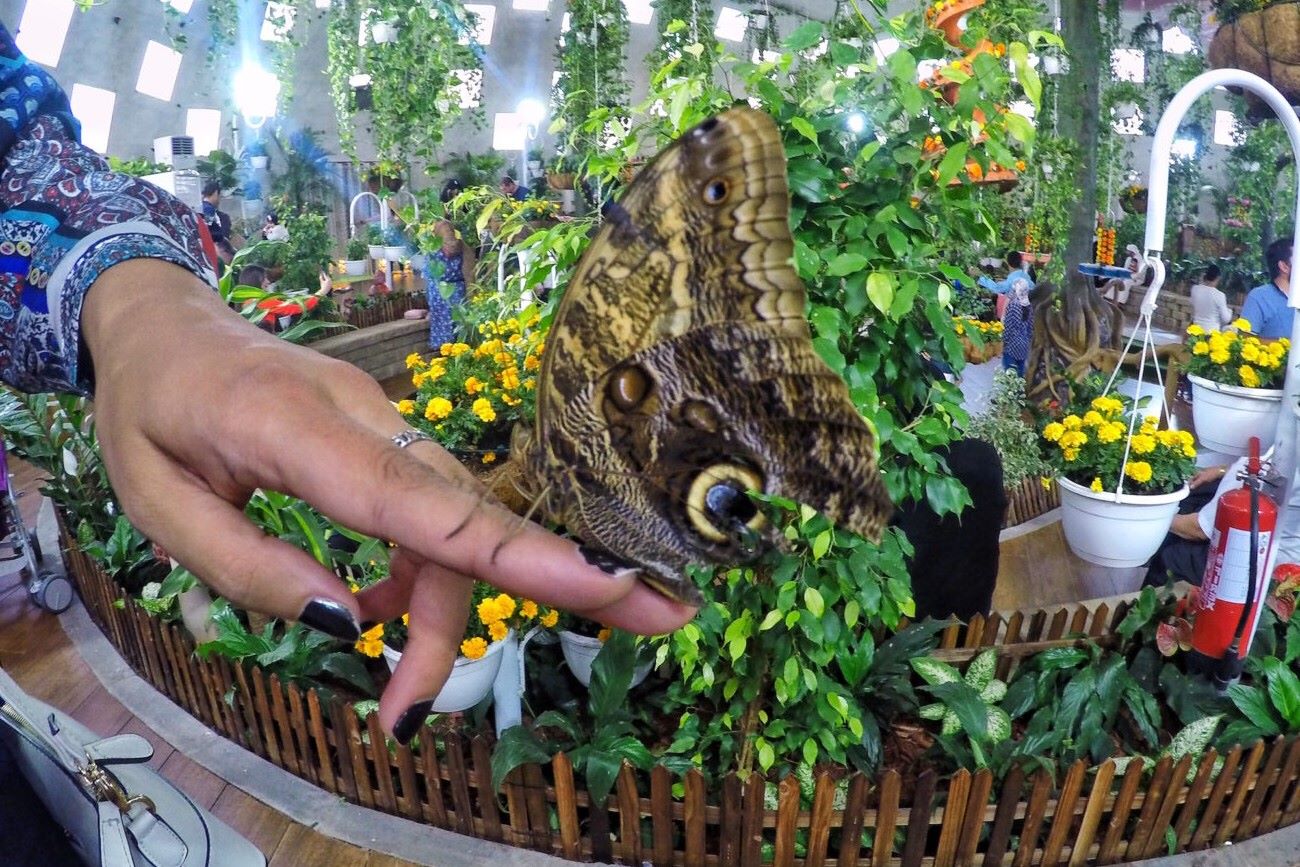
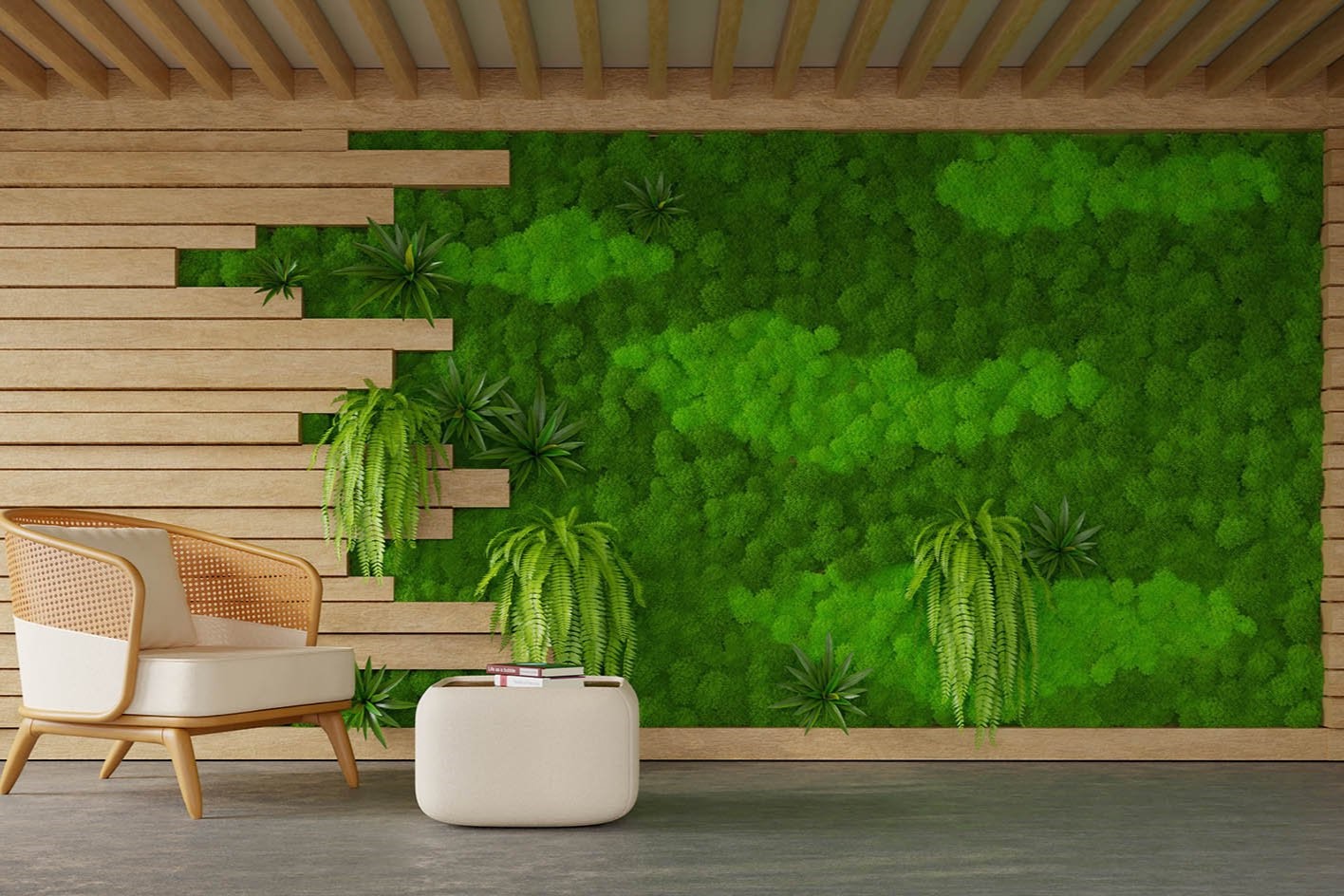
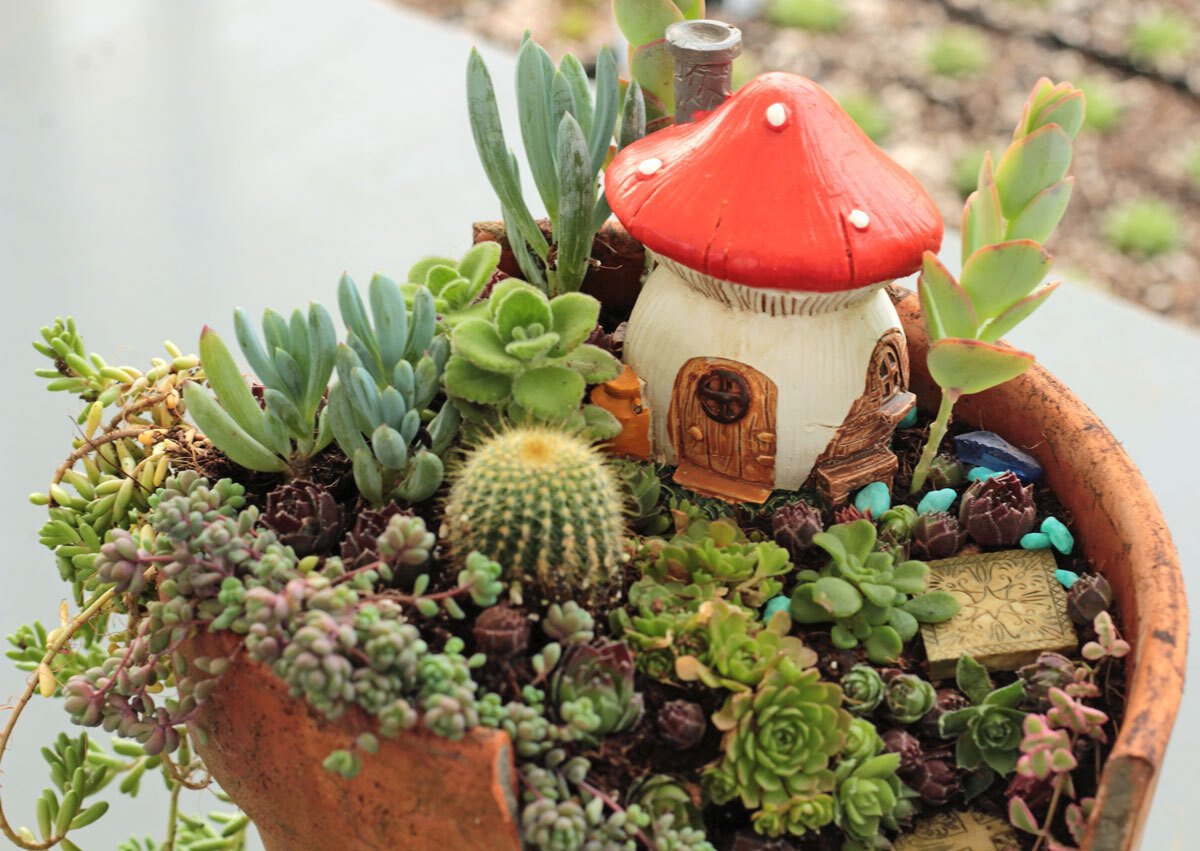
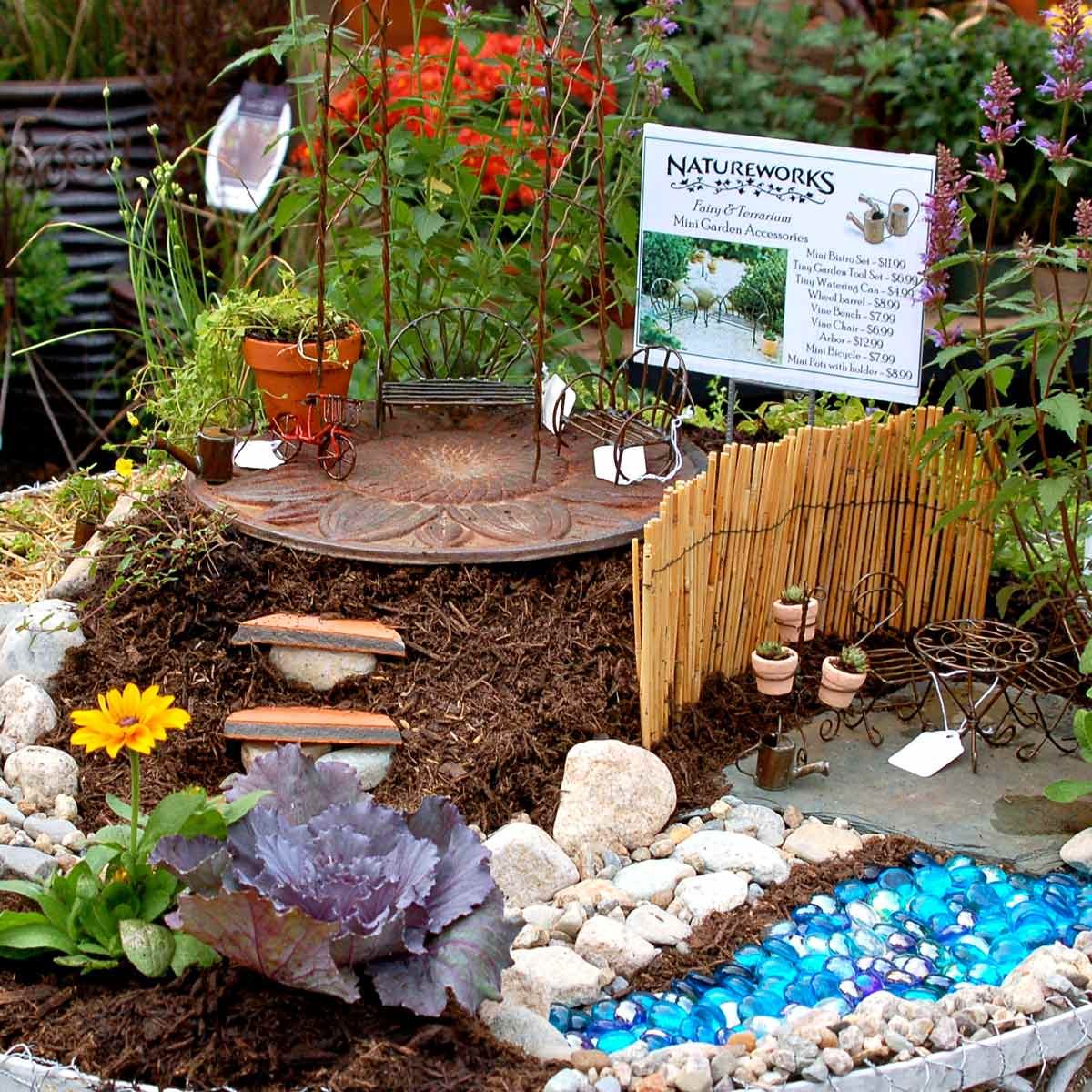
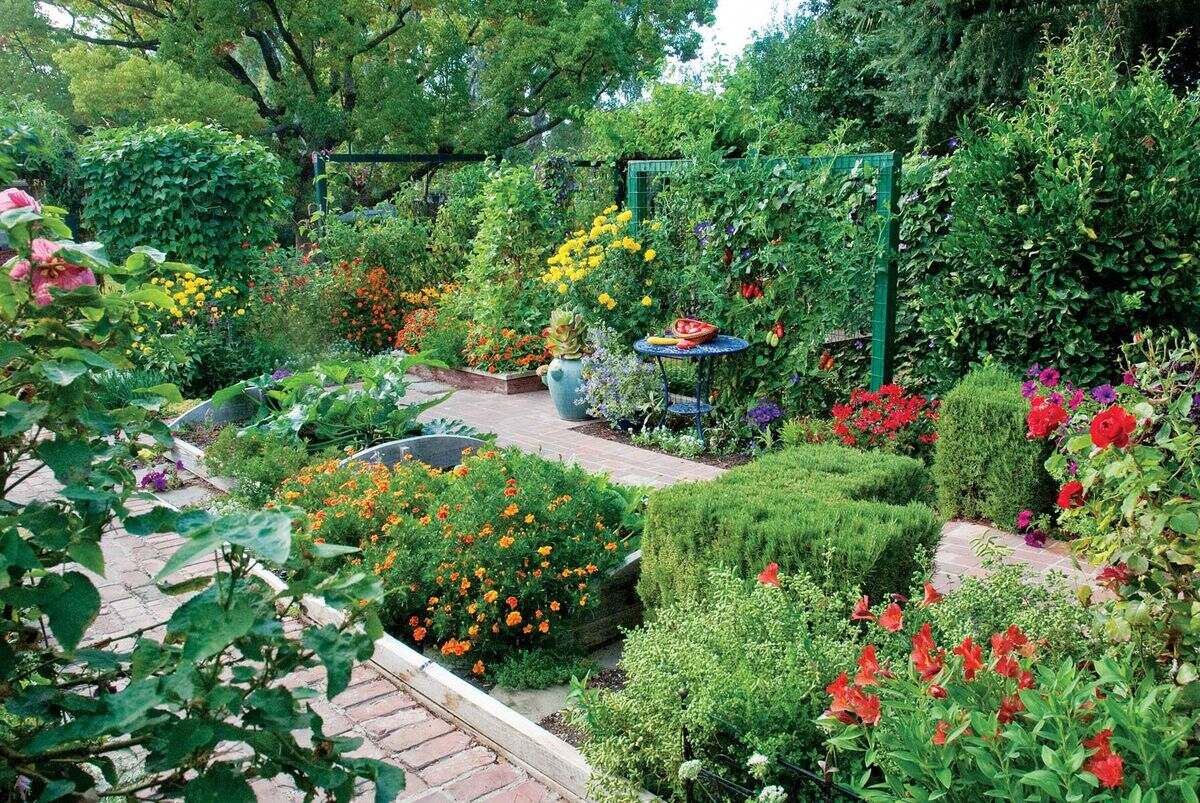
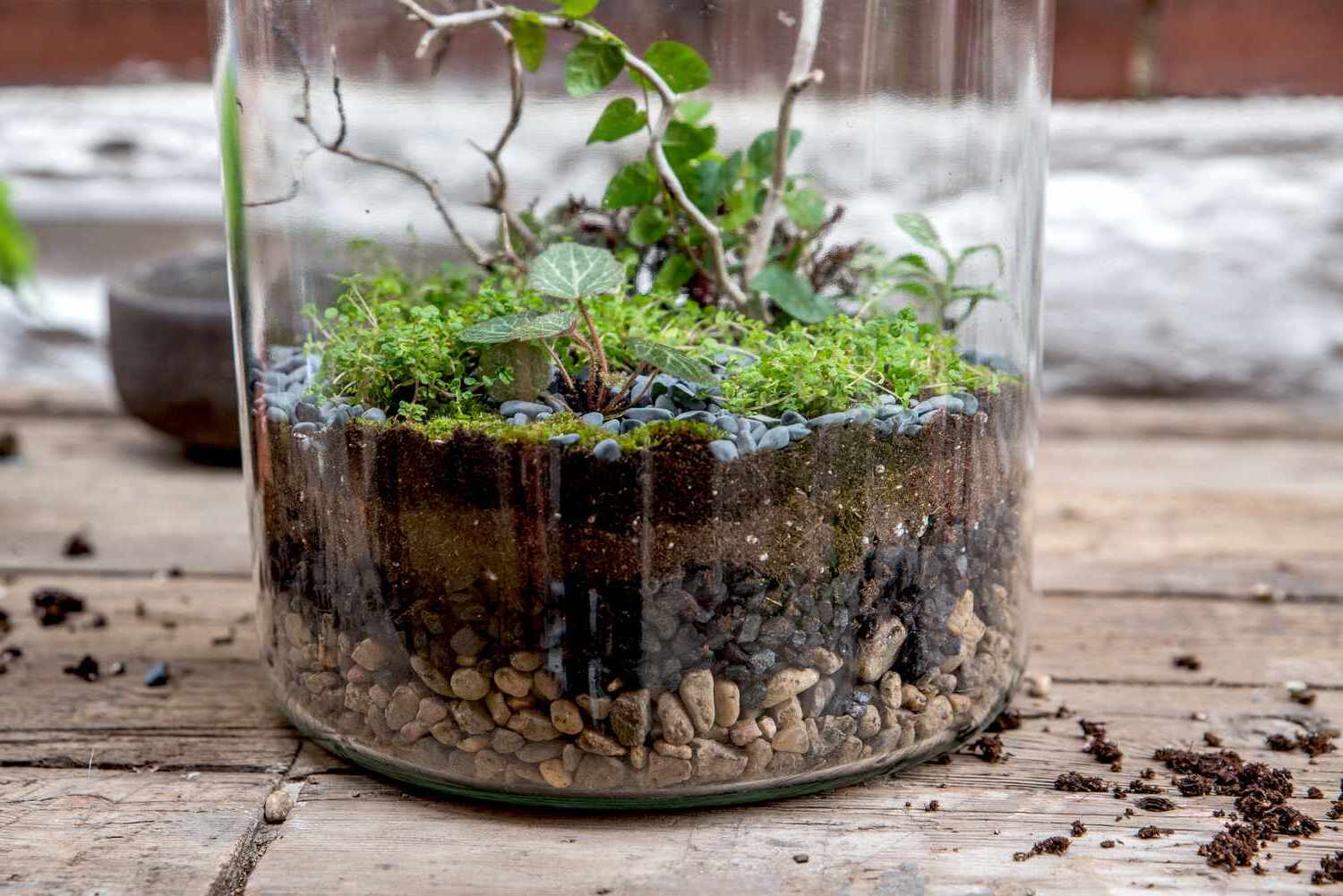
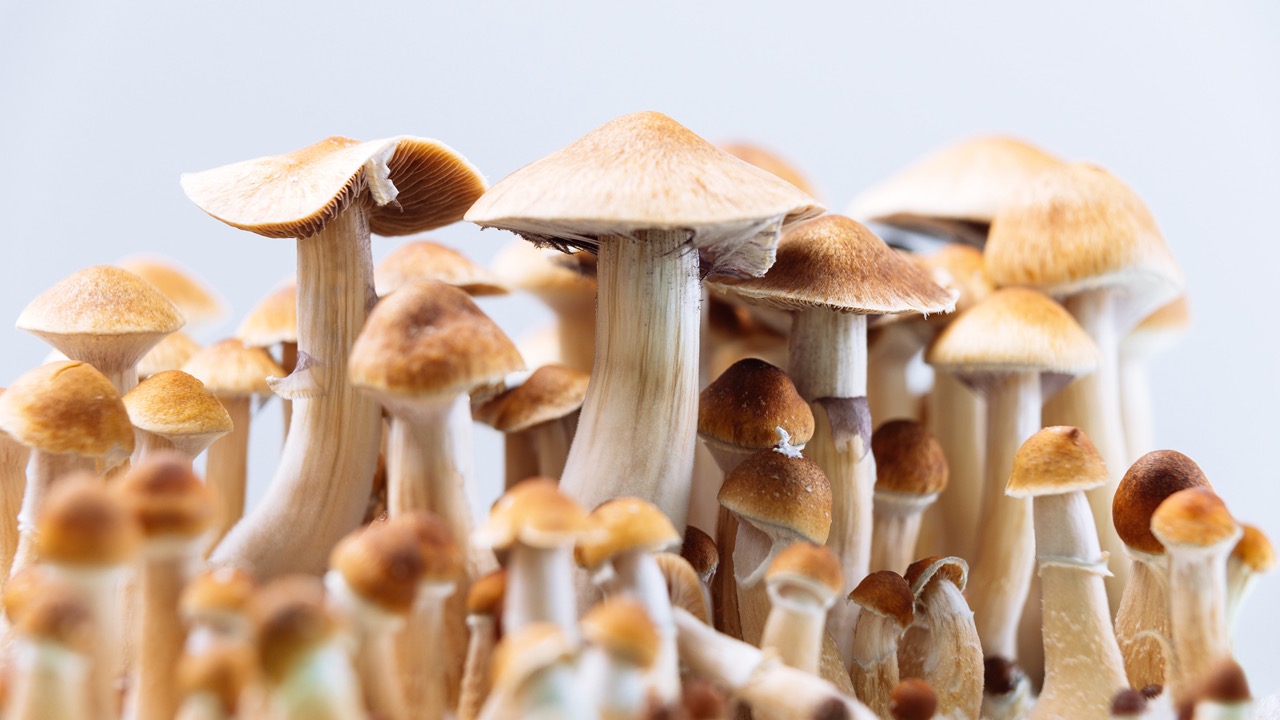
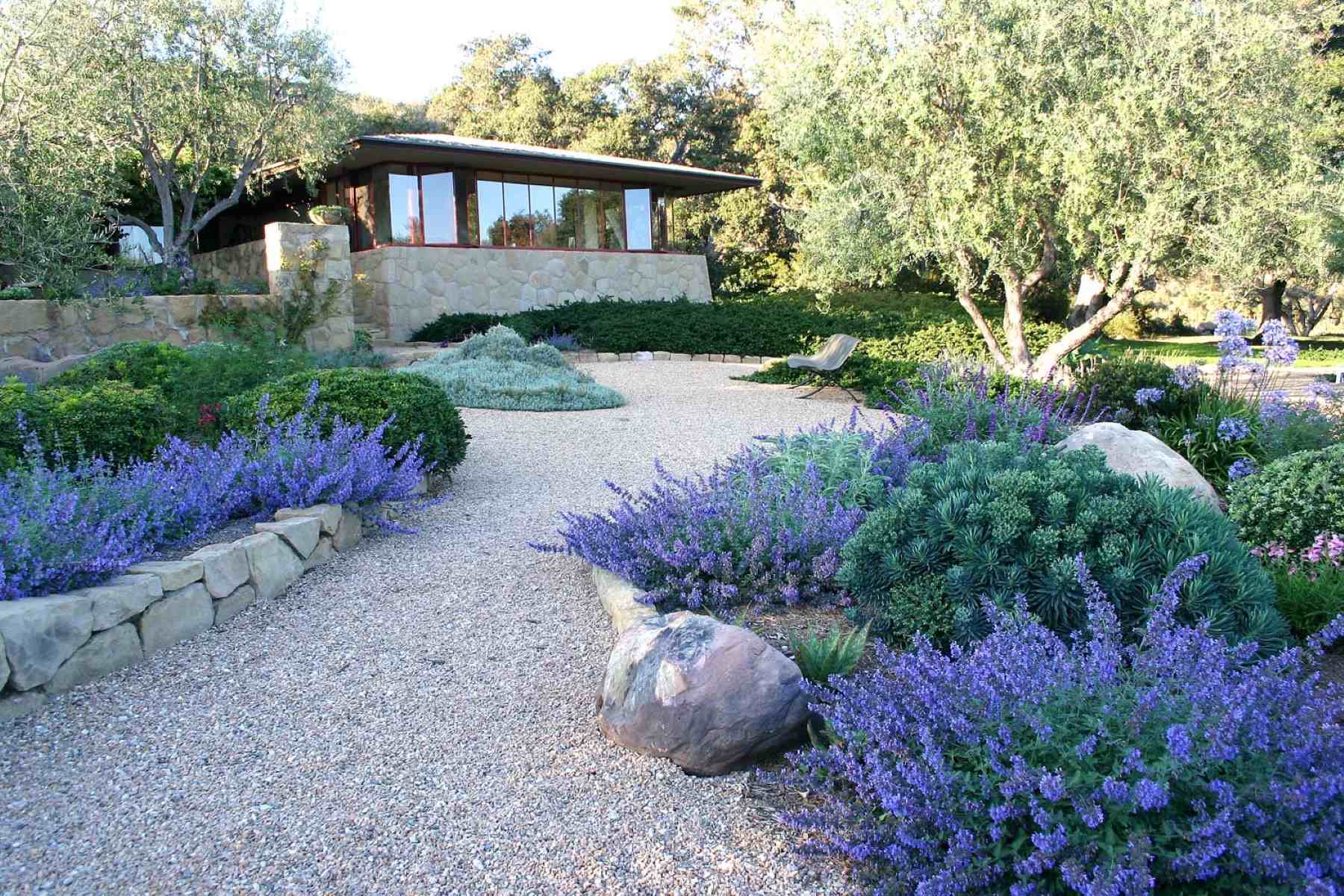
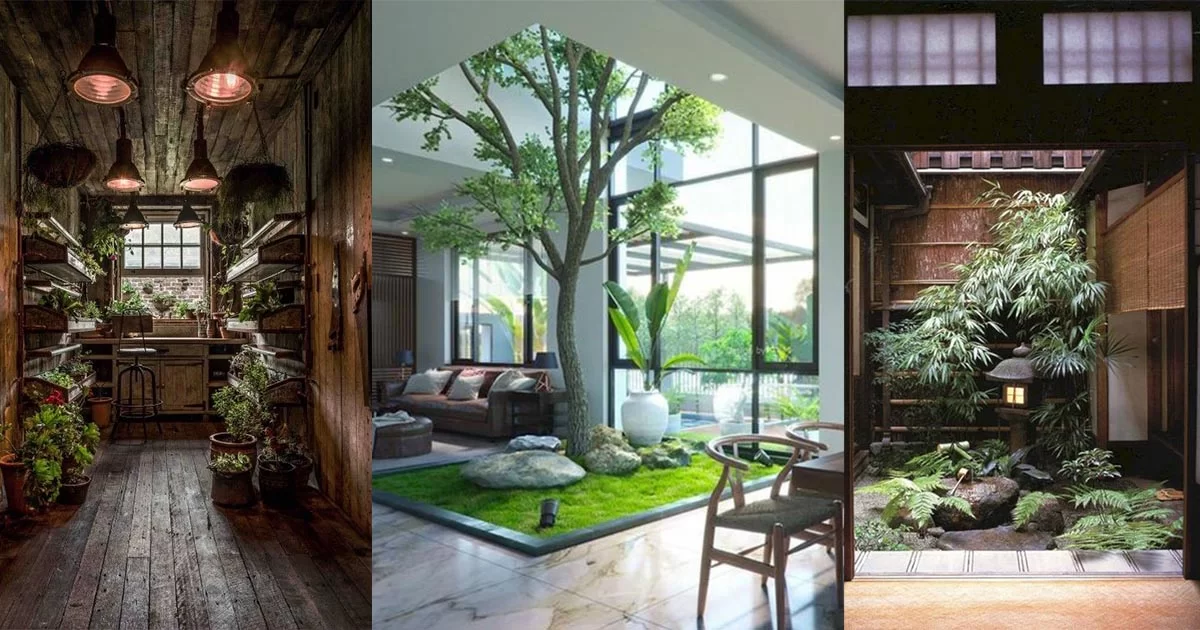
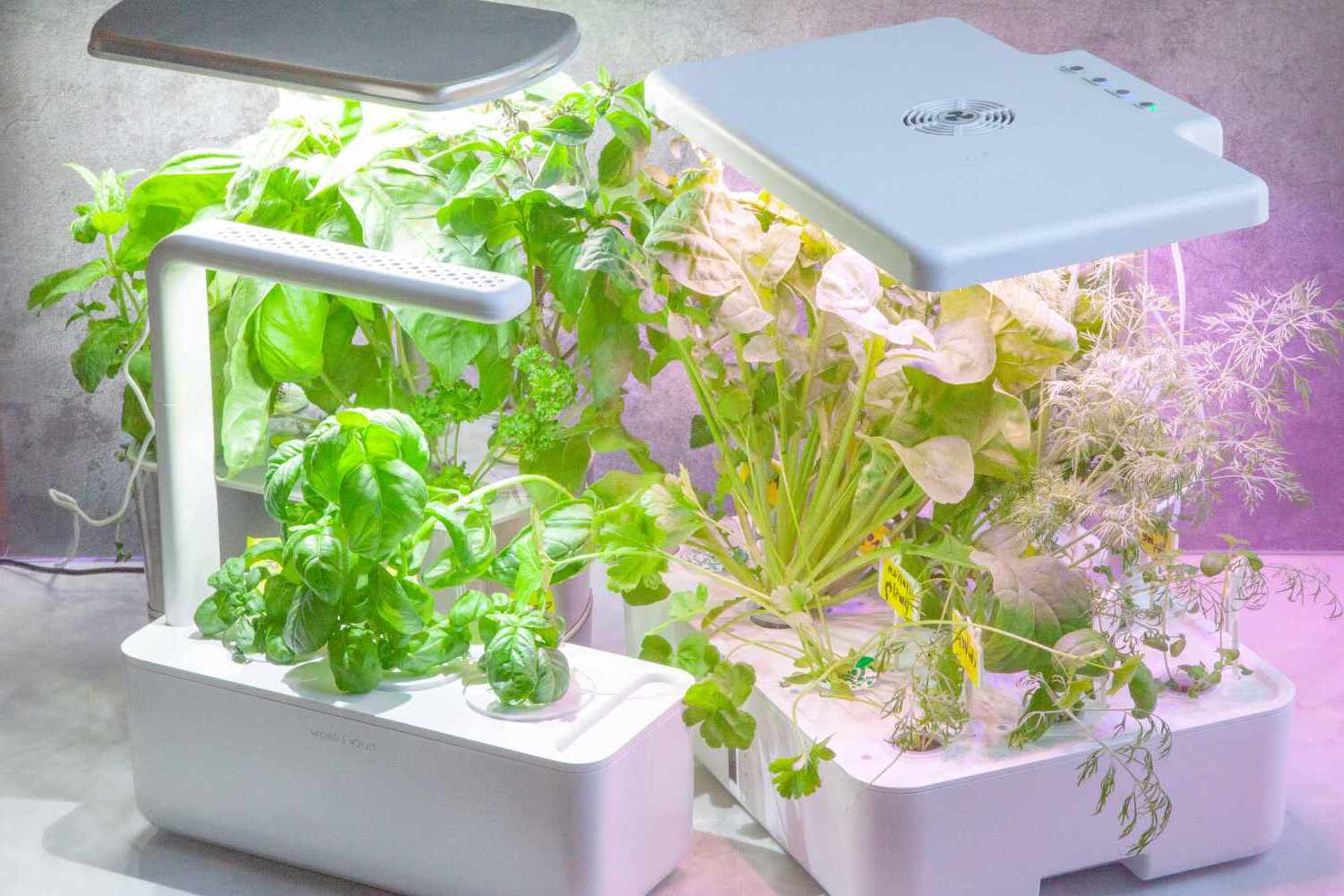
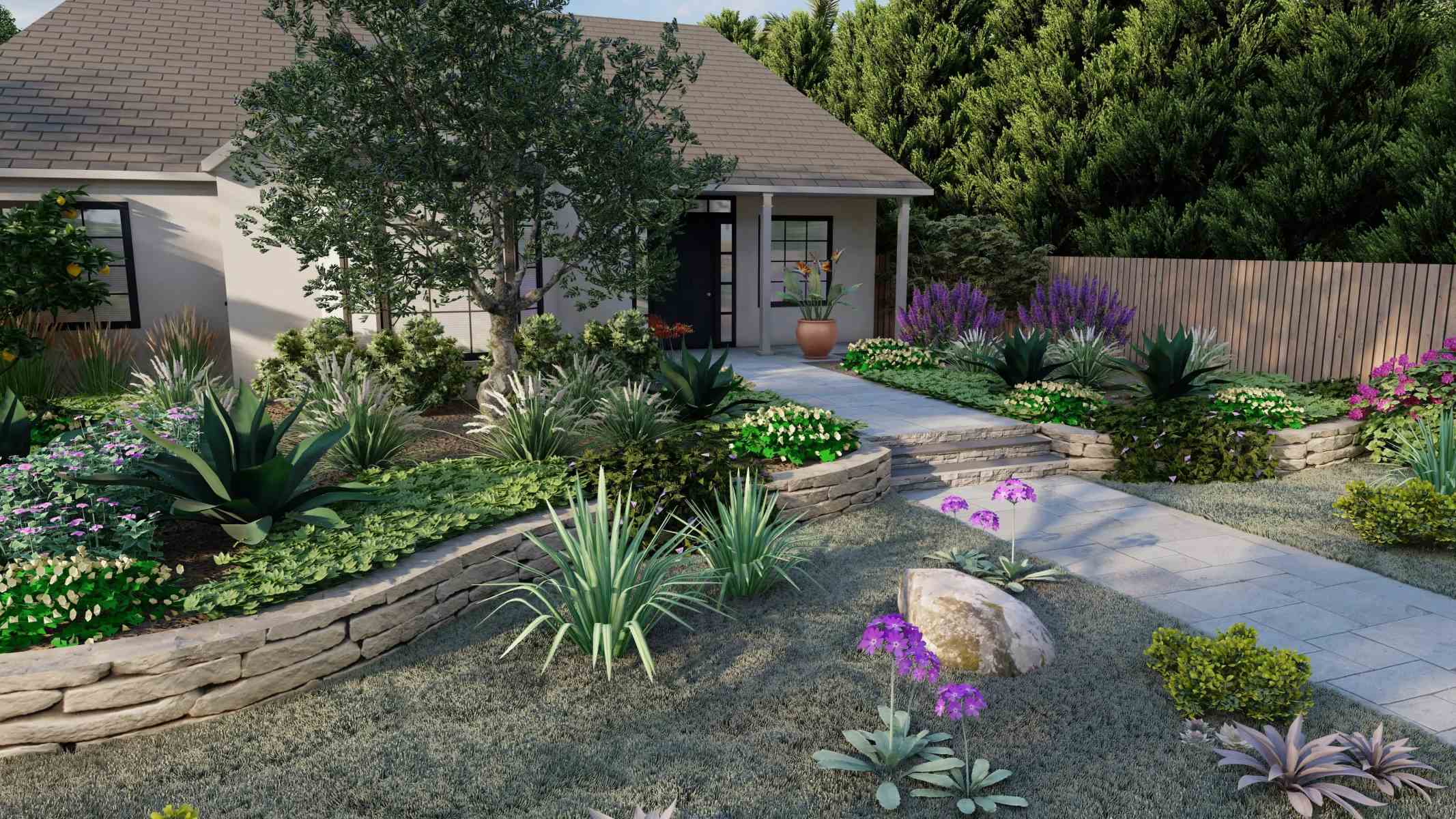
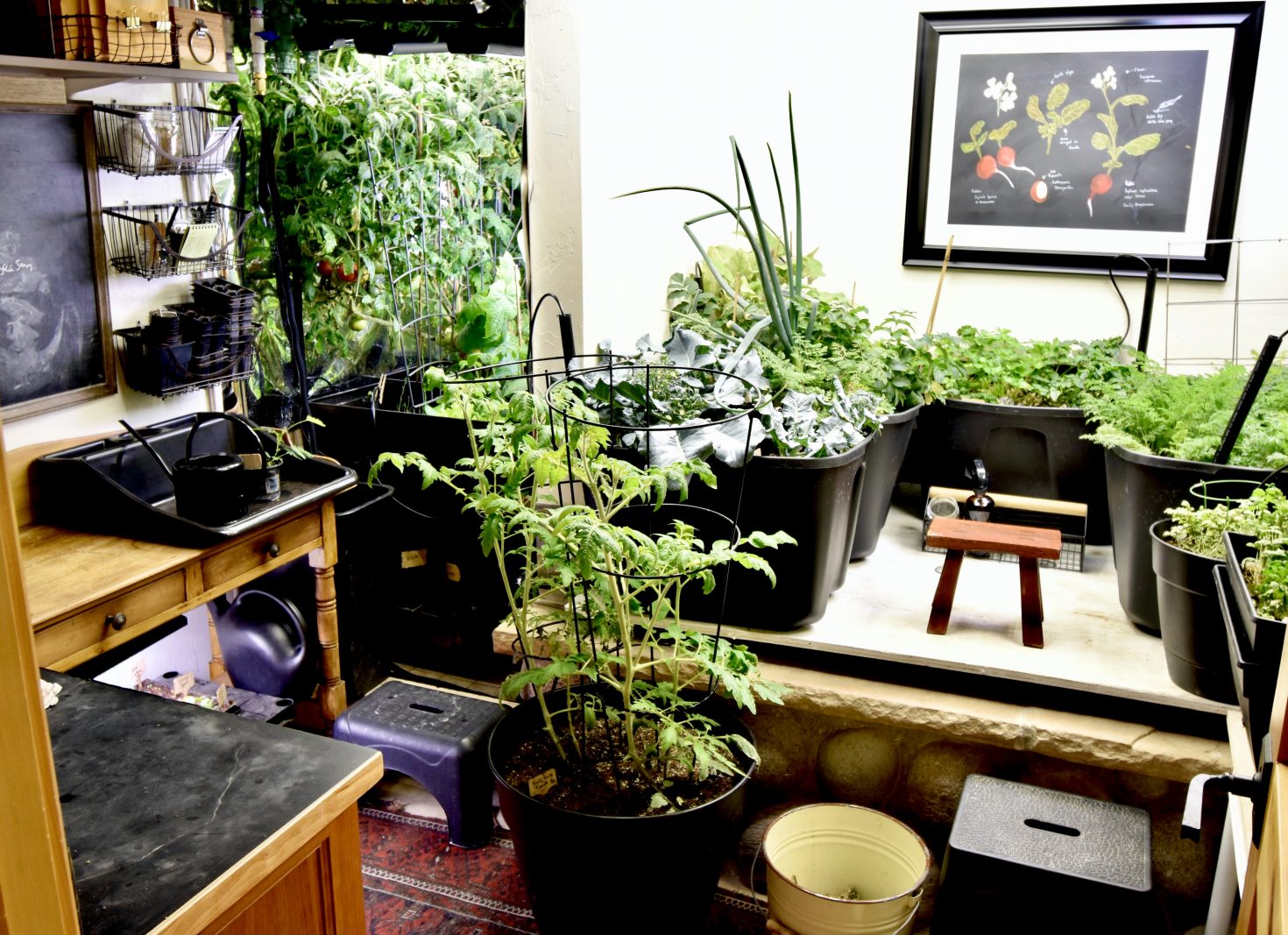

0 thoughts on “Indoor Fairy Garden Creation: Miniature Magical Landscapes”